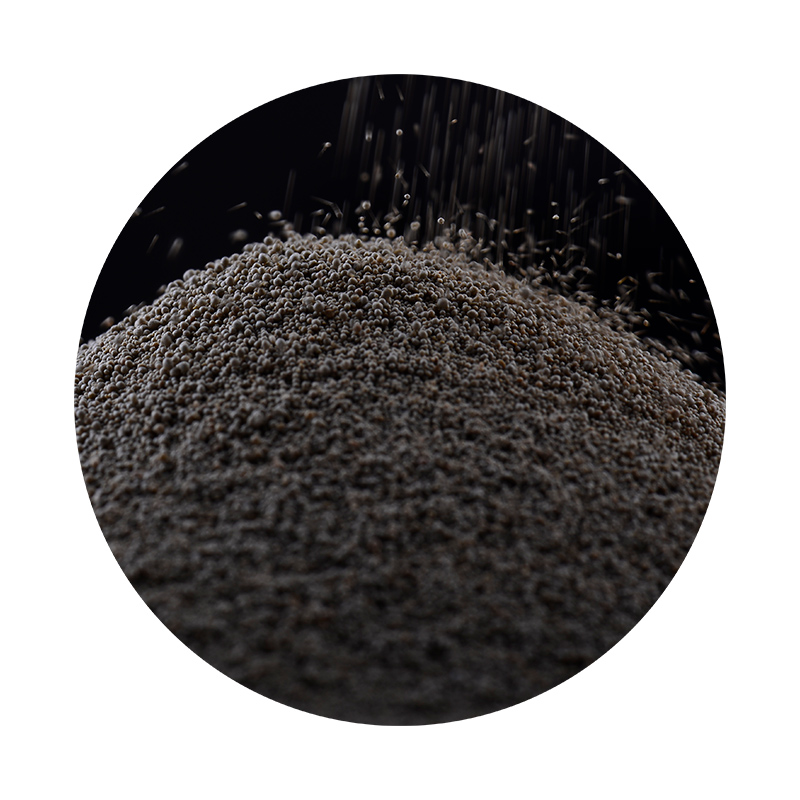The Art of Sand Casting An Ancient Technique for Modern Manufacturing
Sand casting, one of the oldest manufacturing processes known to humanity, has been utilized for thousands of years to create intricate metal objects. This method, which involves pouring molten metal into a sand mold, has stood the test of time, evolving and adapting to meet the needs of various industries, from aerospace to automotive.
The Art of Sand Casting An Ancient Technique for Modern Manufacturing
Once the mold is prepared, the next step is to remove the pattern, leaving behind a hollow cavity. This cavity is where the molten metal will flow. The metal, often aluminum, iron, or bronze, is then heated until it reaches a molten state and is poured carefully into the mold. This step requires precision and skill, as any miscalculation can lead to defects in the final product.
sand caste

After the metal has cooled and solidified, the mold is broken away, revealing the cast object. This is where the artistry of sand casting shines; each piece can possess unique textures and intricate designs that are often impossible to achieve through other manufacturing methods. However, it should be noted that while sand casting allows for a high level of customization, it can also lead to variations in the final product. This aspect is embraced in many artistic applications, where imperfections can add to the character of the piece.
One of the significant advantages of sand casting is its ability to accommodate large and complex shapes. This flexibility makes it a preferred choice for creating components that would be difficult or expensive to produce using different manufacturing methods. Furthermore, the cost of materials required for sand casting is relatively low, making it an economically viable option for many small to medium-sized enterprises.
Additionally, sand casting is an environmentally friendly option compared to some modern manufacturing processes. The sand used in the molds can be reclaimed and reused multiple times, minimizing waste. Many foundries have implemented recycling processes that use less energy and generate less pollution, contributing to a more sustainable manufacturing approach.
In conclusion, sand casting is a timeless technique that merges art with functionality. Its adaptability, cost-effectiveness, and eco-friendliness make it an essential process in various manufacturing industries today. As technology continues to morph, the principles of sand casting remind us of the artistry and craftsmanship that have always been at the heart of metalworks, embodying a legacy that not only honors its past but also paves the way for innovative futures in manufacturing. Through sand casting, the ancient meets the modern, creating pieces that are not just products but stories shaped in metal.
Post time:sie . 29, 2024 00:54
Next:Physical Properties of Foundry Sand - Comprehensive Guide
